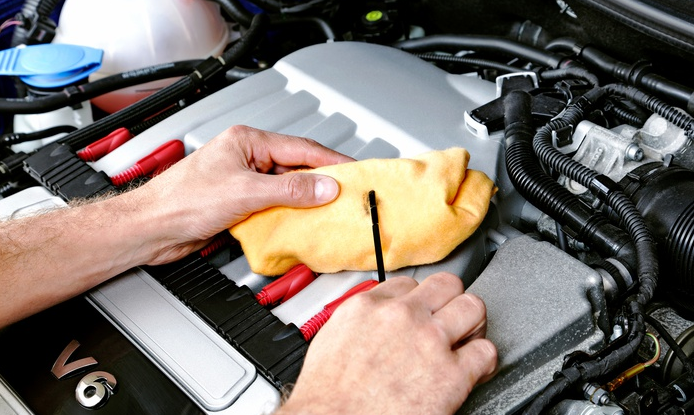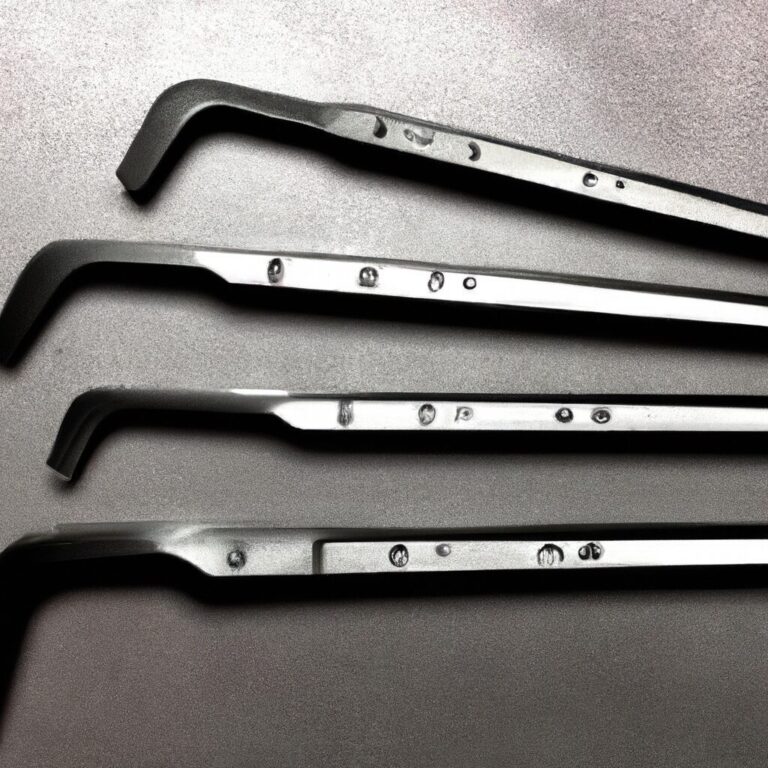How to Tell If Your Oil is Bad
To tell if your oil is bad, look for a strong, unpleasant odor and a cloudy or dark appearance. Signs that indicate your oil may have gone bad can include changes in color, unusual smells, or the presence of visible contaminants.
Checking the oil’s consistency and viscosity can also help determine its quality. Paying attention to these factors can help you ensure that the oil you are using is still in good condition and safe for consumption or use. Regularly inspecting your oil and following proper storage guidelines can help maintain its quality and prevent spoilage.
By staying alert to the signs of bad oil, you can protect your health and enhance the performance of your products or recipes.
Credit: www.quora.com
Signs Of Bad Oil
Strange Odor
One of the clear indicators that the oil in your car is bad is a strange odor. Fresh engine oil should have a neutral or slightly oily smell. If you notice a burnt, rancid, or strong chemical odor, it may indicate that the oil has deteriorated and requires changing.
Changes In Color Or Consistency
Another sign that your oil needs changing is if there are noticeable changes in its color and consistency. Fresh oil is usually amber or brown in color and has a smooth, free-flowing consistency. If you observe that the oil has become darker, thicker, or contains particles, it may indicate that it’s time for a change.
Effects Of Bad Oil
Bad oil can have detrimental effects on your car’s engine and overall performance
Reduced Engine Performance
Old oil can lead to decreased power and efficiency of your engine
Increased Engine Wear
Using bad oil accelerates the rate at which engine components wear out
Causes Of Bad Oil
Bad oil in your car can have a detrimental effect on its performance. Signs of bad oil include a thick consistency, a strong burnt smell, and a dark, gritty appearance. Regularly checking and changing your oil can help prevent engine damage and ensure your car runs smoothly.
Contamination
Contamination is a leading cause of bad oil.
It occurs when foreign substances enter the oil, affecting its quality.
Common contaminants include dirt, metal particles, and water.
Improper Maintenance
Improper maintenance can lead to oil degradation.
Skipping regular oil changes can cause oil to break down faster.
Changing oil filters infrequently can also contribute to bad oil.

Credit: www.expresscareautomn.com
Consequences Of Ignoring Bad Oil
Ignoring bad oil can lead to serious consequences for your vehicle’s engine. From engine damage to expensive repairs, neglecting the signs of bad oil can take a significant toll on your automobile. It’s crucial to be aware of the potential outcomes of disregarding the condition of your oil, as they can pose a threat to both your vehicle’s performance and your wallet.
Engine Damage
Bad oil can result in significant harm to your vehicle’s engine. Over time, old and contaminated oil loses its lubricating properties, causing increased friction and wear in crucial engine components. This can lead to accelerated wear and tear, ultimately compromising the overall performance and longevity of the engine. Ignoring bad oil can result in catastrophic damage, such as piston seizure and bearing failure, which can lead to expensive repairs or even the need for a complete engine replacement.
Expensive Repairs
Neglecting bad oil can lead to a domino effect of costly repairs. Without proper lubrication, the internal parts of the engine are subjected to increased stress and heat, causing them to deteriorate prematurely. As a result, you may find yourself facing hefty bills for repairs such as engine overhauls, gasket replacements, or valve repairs. Investing in regular oil changes is a far more cost-effective approach compared to the financial burden of addressing the consequences of neglecting bad oil.
How To Prevent Bad Oil
Preventing bad oil is essential for maintaining the health and longevity of your vehicle’s engine. By following a few simple steps, you can ensure that your oil remains in peak condition, allowing your engine to perform at its best. Let’s take a look at two important preventative measures: regular oil changes and using high-quality oil.
Regular Oil Changes
Regular oil changes are the cornerstone of good preventative maintenance for your vehicle. Over time, engine oil becomes contaminated with dirt, debris, and combustion byproducts. This contamination can cause your oil to lose its lubricating properties, leading to increased wear and tear on your engine components.
To keep your oil in good condition, it’s important to adhere to the manufacturer’s recommended oil change intervals. This can vary depending on your vehicle’s make, model, and driving conditions. Refer to your owner’s manual or consult with a trusted mechanic for specific guidance.
During an oil change, old oil is drained from the engine and replaced with fresh, clean oil. This not only removes the contaminants but also replenishes the oil’s additives, such as detergents and dispersants, which help keep the engine clean and prevent the formation of harmful deposits.
Using High-quality Oil
The quality of the oil you use also plays a crucial role in preventing bad oil. It’s important to choose a high-quality oil that meets or exceeds the specifications recommended by your vehicle’s manufacturer. High-quality oils are formulated with superior base oils and additive packages that provide enhanced protection and performance.
When selecting oil, look for the API (American Petroleum Institute) certification symbol on the container. This indicates that the oil has undergone rigorous testing and meets industry standards for quality and performance. Additionally, consider the viscosity grade recommended by your vehicle’s manufacturer, as this affects how well the oil flows through the engine at different temperatures.
It’s worth noting that using high-quality oil may cost slightly more upfront but can save you money in the long run by preventing engine damage and prolonging the life of your vehicle. Investing in quality oil is a wise choice for protecting your engine from the harmful effects of bad oil.

Credit: m.youtube.com
Frequently Asked Questions Of How To Tell If Your Oil Is Bad
How Do You Check If Your Oil Is Bad?
To check if your oil is bad, look for dark color, burnt smell, and gritty texture. Also, monitor the oil level and quality regularly.
How Do I Know When My Engine Oil Needs Replacing?
You know it’s time to change your engine oil when the color darkens or reaches the manufacturer’s recommended mileage interval.
What Color Is Bad Oil?
Bad oil is typically dark in color, ranging from black to brown. It may appear cloudy or have a burnt smell.
What Are The Symptoms Of Wrong Engine Oil?
Symptoms of wrong engine oil include increased engine noise, decreased fuel efficiency, and smoke from the exhaust. It may also cause engine overheating and damage. Regular oil checks and using the recommended oil grade can prevent these issues.
Is It Normal For Oil To Change Color?
Yes, it is normal for oil to change color over time. As it ages, oil can turn darker or even appear cloudy. This does not necessarily mean it is bad.
How Can I Tell If My Oil Is Rancid?
To tell if your oil is rancid, check for an off smell, a bitter taste, or a thick and sticky texture. Additionally, look for discoloration or the presence of mold or particles.
Does Bad Oil Have A Different Taste?
Yes, bad oil can have a rancid or sour taste. If your oil tastes odd or unpleasant, it is likely that it has gone bad and should be replaced.
Conclusion
It’s vital to know when your oil has gone bad to avoid issues. By using your senses and observing changes in color, smell, and taste, you can easily determine if it’s time to replace your oil. Keeping your oil fresh ensures the best taste and nutritional value for your cooking.

